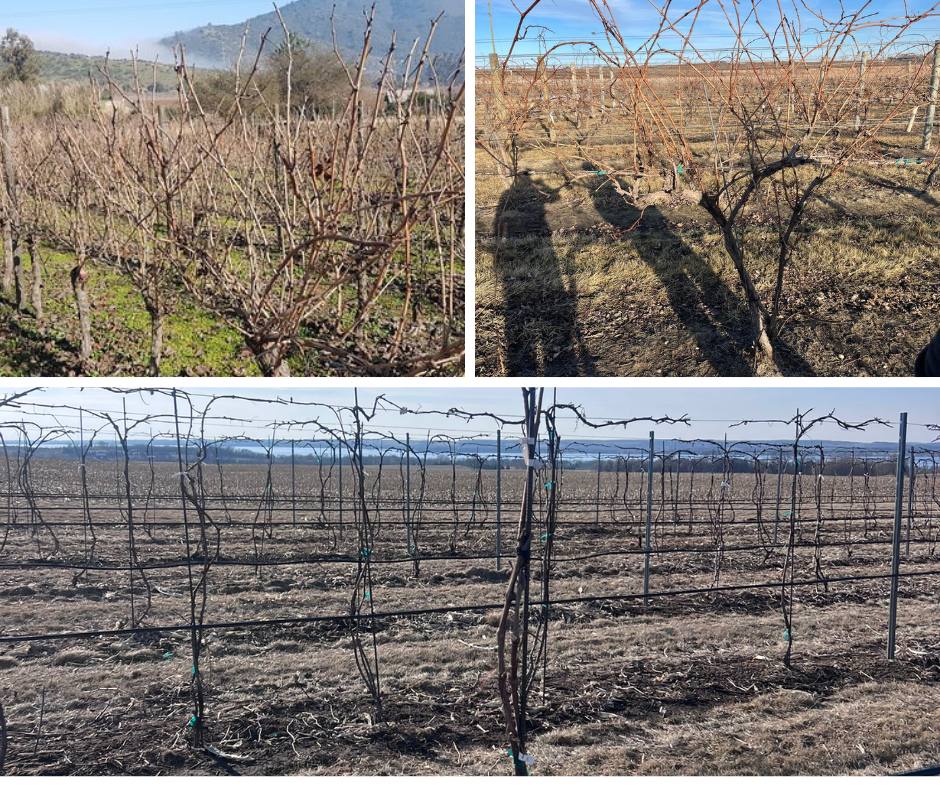
Pruning and Tying in the Vineyard - The Silent Beginning of Wine
Every glass of wine begins long before the harvest. It starts in winter and early spring, with pruning shears in hand and vineyard wires between fingers. This is when one of the most important (and often invisible) jobs of the year takes place: pruning and tying.
Why is it so important?
Pruning isn't just about cutting branches. It’s a practice that defines the vine’s growth throughout the season. It helps balance the amount of fruit the plant can ripen, regulates its vigor, and ensures good airflow and sunlight exposure. Additionally, removing old or diseased parts improves the overall health of the vine.
Tying, on the other hand, involves carefully attaching the canes (last year's shoots) to the trellis wires. This ensures they grow in the desired direction, avoiding tangling, improving ventilation, and allowing the grape clusters to ripen evenly.
In regions like Minnesota, where the climate can be harsh and seasons are well defined, pruning and tying are essential to adapt the vines to the conditions. For instance, growers often choose lower pruning systems or double pruning to prevent damage from late frosts. Early tying helps organize the growth better and provides natural protection against wind or hail.
Even though it doesn’t appear on the label, the work of pruning and tying has a direct impact on wine quality. A well-balanced and guided vine can produce healthier clusters with better sugar concentration, balanced acidity, and a truer expression of the terroir.
So next time you enjoy a glass of Minnesota wine, remember that its story began much earlier—with patient and careful hands, pruning shears in hand, under a cold sky full of promise.
